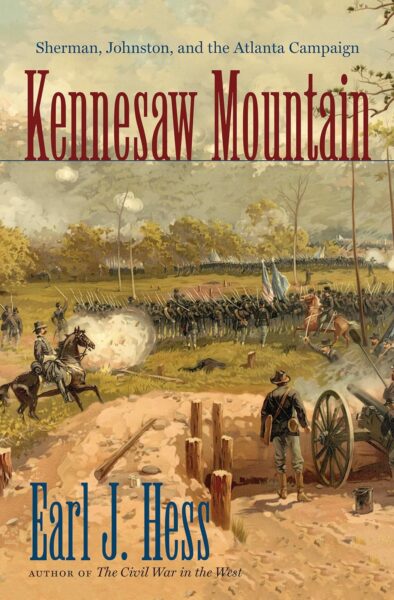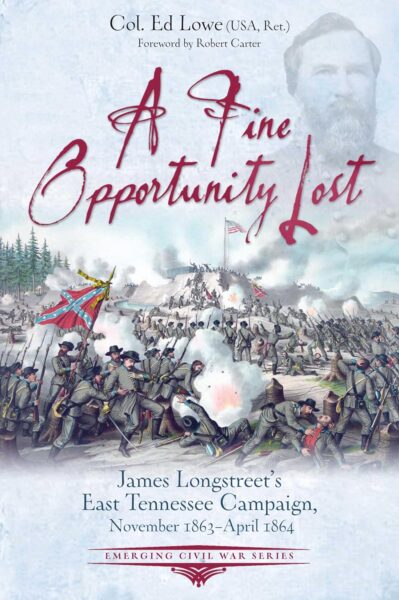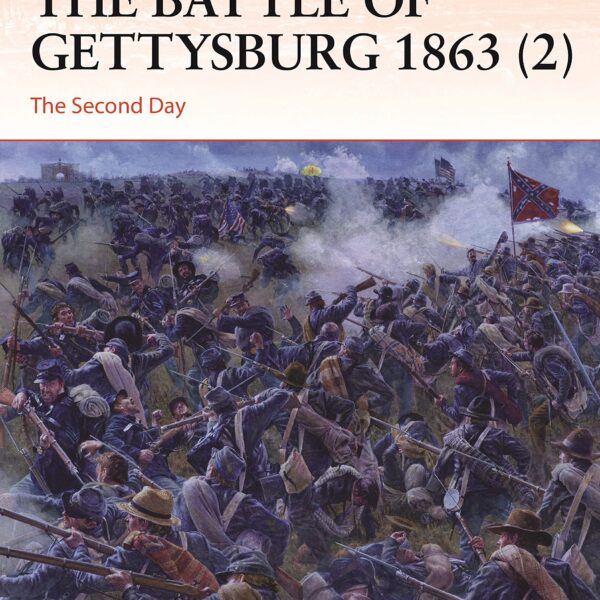Living Hell: The Dark Side of the Civil War by Michael C.C. Adams. Johns Hopkins University Press, 2014. Cloth, ISBN: 1421412217. $29.95.
 There is undoubtedly a turn toward the ‘dark side’ in Civil War scholarship. In part, this is a product of the cultural turn within the academy and the increased focus by scholars on war trauma, veterans’ memories, and the experiences of common soldiers. Recent scholars have probed the suffering of individuals, both military and civilian, in a war that increased in severity and destruction beyond the imaginations of its witnesses. That there is a need for an academic turn toward the war’s grimier history serves as a healthy reminder that the triumphal and romantic interpretation is alive and well, still dominating the public history of the conflict despite some earnest attempts to muddy the waters.
There is undoubtedly a turn toward the ‘dark side’ in Civil War scholarship. In part, this is a product of the cultural turn within the academy and the increased focus by scholars on war trauma, veterans’ memories, and the experiences of common soldiers. Recent scholars have probed the suffering of individuals, both military and civilian, in a war that increased in severity and destruction beyond the imaginations of its witnesses. That there is a need for an academic turn toward the war’s grimier history serves as a healthy reminder that the triumphal and romantic interpretation is alive and well, still dominating the public history of the conflict despite some earnest attempts to muddy the waters.
Michael C.C. Adams’s book Living Hell: The Dark Side of the Civil War reminds Civil War enthusiasts of the war’s personal horror and lasting public destruction. Adams writes: “We should remind ourselves now and then about the grimmer realities of this struggle and, perhaps by extension, all armed conflicts. Many books consider in depth this or that important aspect of the bleak war. I hope to perform a service by pulling together all the strands into one large tapestry” (5). The tapestry constructed by Adams is less woven than sewn together; it is a quilt assembled from scraps of anguish, loss, depravity, psychological torment, and human beastliness. In Adams’ hands, the Civil War’s legacy is unmitigated personal horror, societal suffering, and political factionalism.
Adams has written extensively on war in the nineteenth and twentieth centuries. The ‘modern’ side of modern war is clearly his scholarly terrain, and Living Hell engagingly opens up the ‘dark side’ of the Civil War to comparative scrutiny with other modern wars. Rather than seeing romantic blue and gray soldiers fighting for cause and country, Adams is more apt to see disease-ridden and miserable combat veterans who, when pilfering the countryside, are prone to drink, drug abuse, and even sexual violence. No triumphalism or romance here. War is hardship.
The difficulty with this approach is not in the author’s admirable intention, but in his execution – which is to relentlessly catalogue the war’s sordidness without examining sufficiently the ways that nineteenth century Americans absorbed the shock of war. The depth of research and the quotes gleaned from sources are more than sufficient to demonstrate the war’s overall horror – showing the suffering wrought by the human catastrophe of roaming armies searching for battle is a significant feat of Adams’s writing – but the many details of the war’s human destruction are exhausting without contextual analysis of the ways that Civil War soldiers and civilians contemplated their fates. The book is in need of more analysis of how nineteenth century Americans contextualized violence. More of their lens, not ours, is what would give this book added analytical heft.
This is not to say that the book is not well written, sufficiently researched, and insightful. ‘On the March’, ‘Close Order Combat’, and ‘Deprivations and Dislocations’ are excellent chapters on their subjects. Each discusses the effects of war on individual soldiers and civilians. The chapter ‘The Edge of Sanity’ is more problematic, however. Discussions of psychological trauma, especially drawn from soldier letters or memoirs, should be treated with caution. Adams is liberal in his diagnosis of soldiers with shell shock, combat fatigue (or exhaustion), and PTSD – all specific psychological disorders of twentieth century diagnostic origins. Though it is tempting to see nineteenth century psychological casualties through the lens of our current understanding of trauma and combat psychology, is it judicious for historians to do so? Or is it more historically revealing for writers to discuss the ways in which people in the past dealt with psychological burdens on their own terms? The distinction is a philosophical difference among historians, but one important to understanding what Adams wants readers to get from the hell that was the Civil War. He wants the past to be more familiar to us than it perhaps is.
Adams concludes by discussing the legacies of the war with a broad brush. He reminds us that after battle, there is another battle to be waged: that of national recovery. “History never becomes simply a thing of the past,” he writes. “The consequences of wars, their impact on all areas of human life, remain with us long after the textbooks close the chapter on this or that armed conflict” (205). Living Hell is a reminder that although historians know much about the Civil War’s dark side, we have much more work to do if we are to fully understand the war’s impact on those who survived its trials.
Ian Isherwood is Assistant Director of the Civil War Institute at Gettysburg College.




